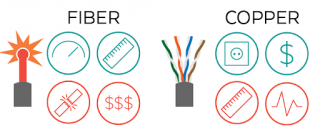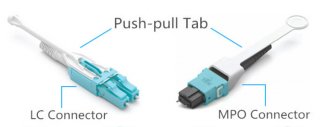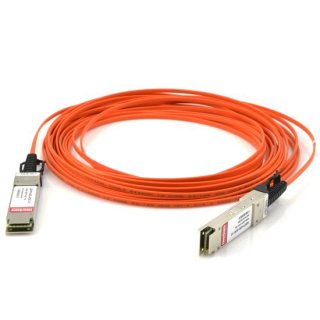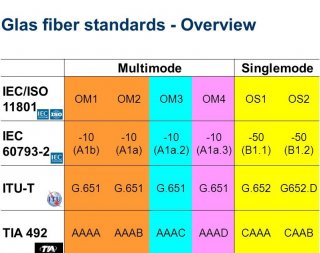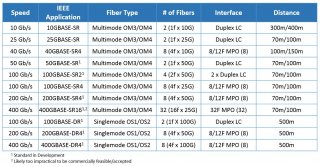- Description
- Reviews
- FAQs

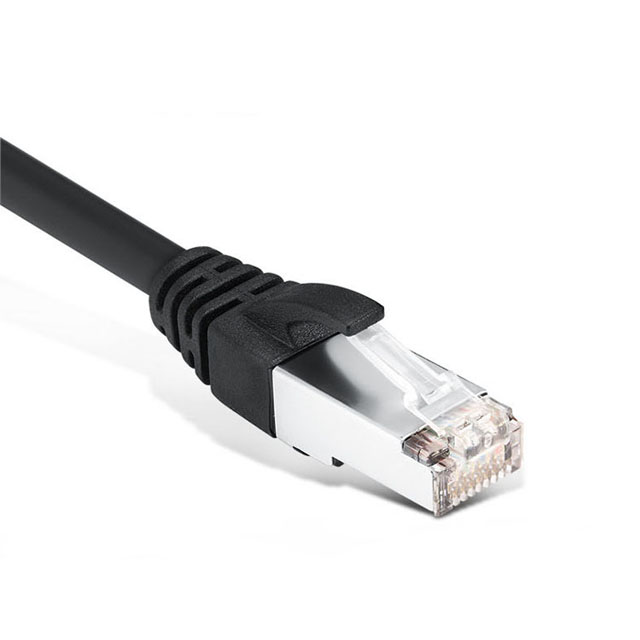
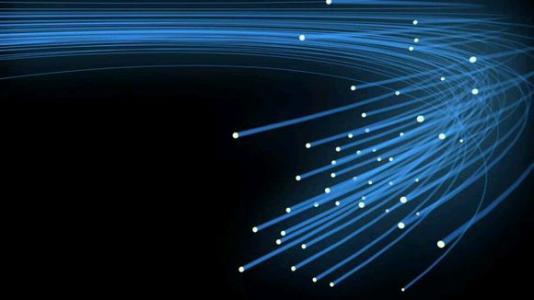
The internet is the glue that binds humanity together. Okay, maybe that’s a little extreme, but the internet is still an important aspect of communicating in the modern world. There are, however, multiple ways for the internet to be delivered to our devices — and two major ways are through copper Ethernet cabled, and through fiber optic cables
But what’s the difference between the two And how much faster is one over the other We put together this guide precisely to answer those questions.
Ethernet
The Ethernet standard has been around for quite some time now. It was first developed by Xerox in the 1970s, and was introduced commercially in 1980. Ethernet uses copper cables to deliver data, and it has a reputation of being a lot slower than fiber optic cables. That has, however, changed a little over the years. There was a time when Ethernet speed had a 10Mbps limit. Now, however, “fast Ethernet” offers speeds of up to 100Mbps, while Gigabit Ethernet can deliver speeds of a hefty 1000Mbps. Currently, Cat 6 Ethernet cables can carry up to a massive 10Gbps.
Ethernet cables send data through electrical impulses, and most Ethernet cables fall under Cat 5 — which uses eight individual 24-gauge copper wires that are grouped into four pairs inside the cable. In reality, copper wires transmit data pretty simply — all data is represented by a combination of 1s and 0s, and in copper wires that just means a variation of voltage. That specific voltage depends on the type of cable, but it really is as simple as that.
READ MORE ...Cat6 Cables for Data Center ApplicationsOf course, Ethernet does have its drawbacks. Because of the fact that it uses electrical signals, it’s both vulnerable to electromagnetic interference and being intercepted on a hardware level. That can be a security concern, especially if sensitive data is being transmitted.
Fiber optic cables may be more recently used for home internet, but the principles behind fiber optic cables date back over 100 years. The principle was even used for television cameras that were used by NASA on the moon in 1969. These days, fiber optic cables are often used for extremely high speed data transfer, and for transferring data over long distances.So how do fiber optic cables work Fiber optic cables are made up of tiny strands of pure glass that carry data through light instead of through electrical impulses. They also come in two different types — single-mode and multi-mode. Single-mode cables use laser light to send signals, while multi-mode cables use light emitting diodes, or LEDs to send their signals. As mentioned, data is represented by a combination of 1s and 0s, and in a fiber optic cable that means light either on or off, blinking extremely fast. Standard fiber optic cables transfer data somewhere between 10Mbps and 10Gbps, but a single strand of fiber optic cable has been proven to be able to carry data at up to a huge 100 terabits per second, or Tbps.
Fiber optic cables are also generally more secure than Ethernet cables, as they can’t be intercepted in the same way that Ethernet cables can.
READ MORE ...Fiber Jumpers Inspection And Cleaning MethodsClosing
The differences between fiber optic and ethernet cables are numerous, and while it’s likely that eventually fiber optic cables will become more commonplace, for now ethernet cables are likely to reign supreme. Still, as data demands get higher and higher, fiber optic technology will become extremely important — before it’s replaced by an even better and faster standard for data transfer.
- Customers Reviews
* Delivery Time.
We need 1-2 days to process your order before shipping. There are two shipping methoed.
Fast Delivery: The delivery time for US, European countries the delivery will take 3-5 days.
Slow Delivery: The delivery time for US, European countries the delivery will take 7-15 days.
* Tracking information.
After we ship package, customer receive automatic email with tracking details.
* Lost Package Policy.
If a package did not arrive in 2 weeks after the shipping date, then this package is treated as Lost. In this case a new package will be shipped to the customer provided we are able to give the same items as those purchased by the customer. If we are not able to provide the same items to substitute the lost ones we will either propose to the customer similar items or refund their cost as it will be mutually agree with the customer. If one or more items neither the same nor similar are available to be shipped, the customer can request to cancel the order entirely, thus the total cost of the order including shipping and handling cost will be fully refunded.












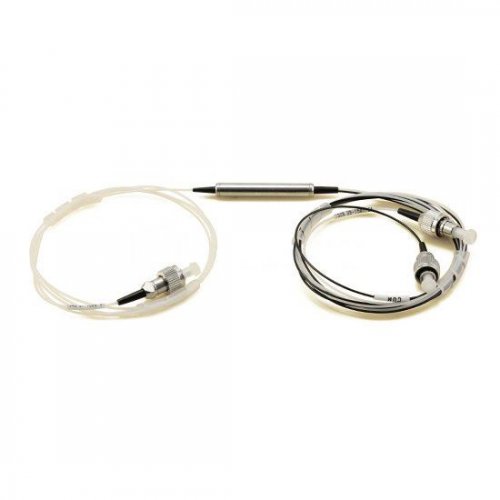
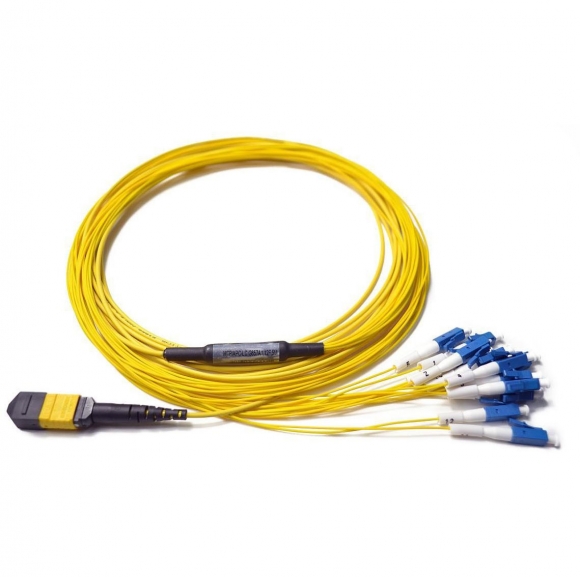
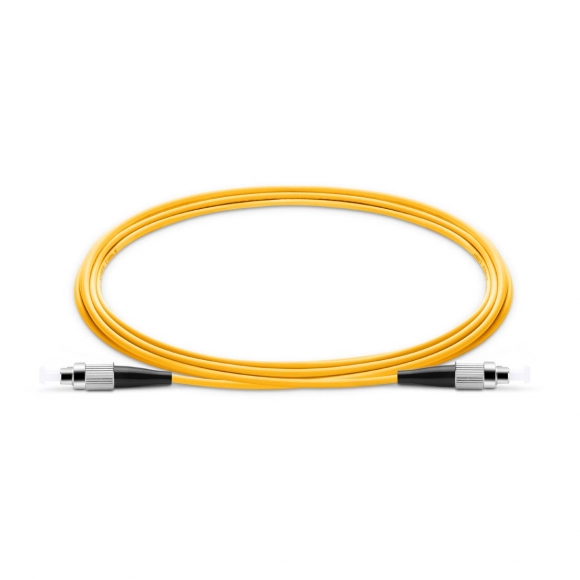


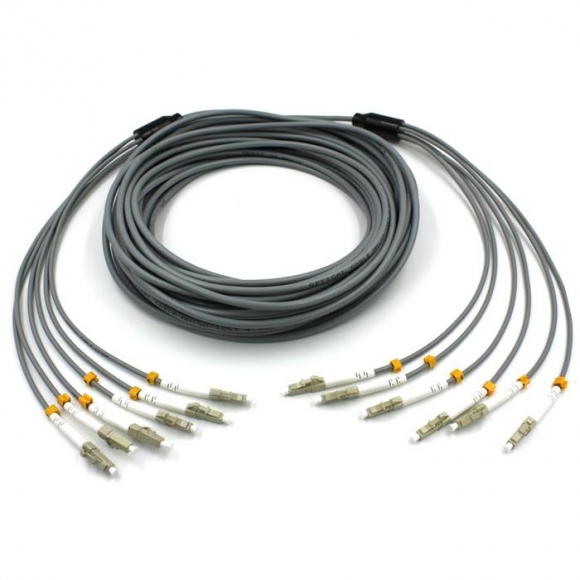
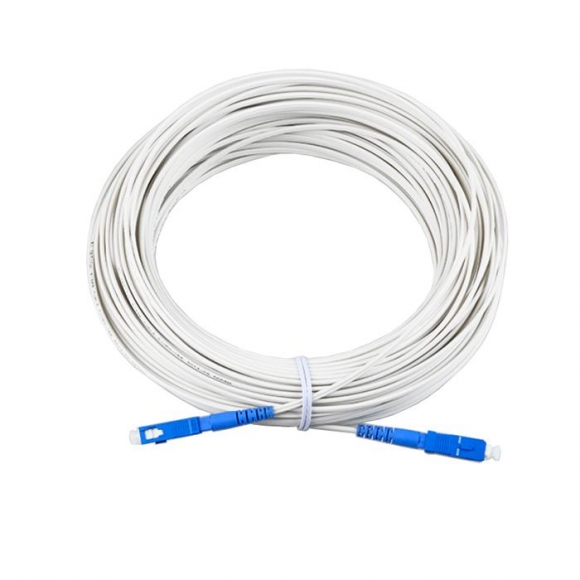
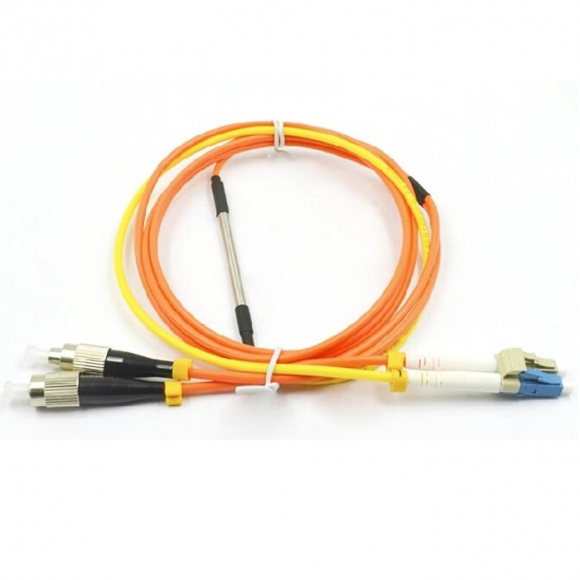


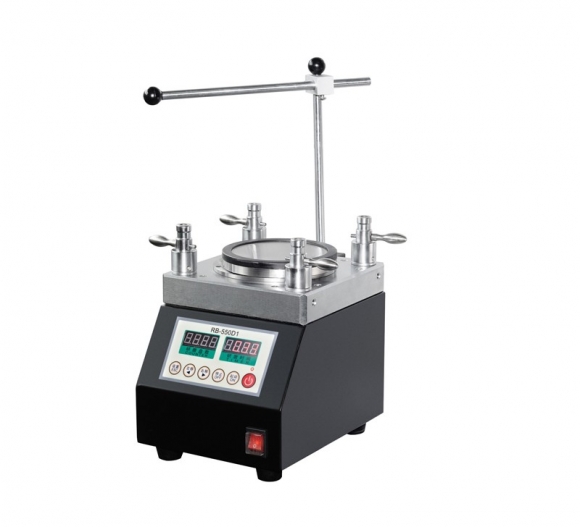


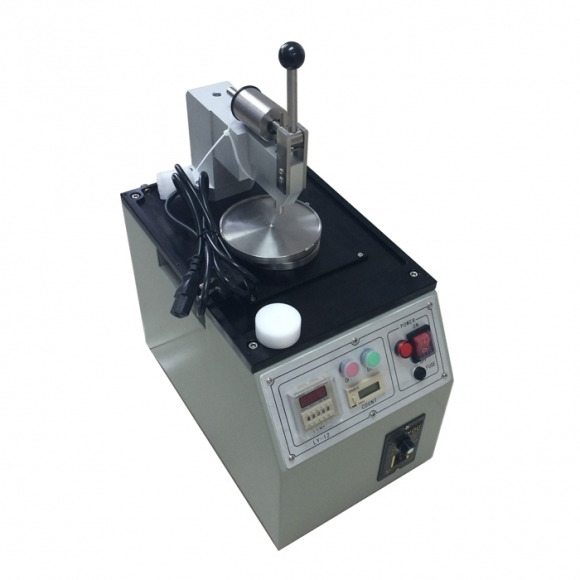

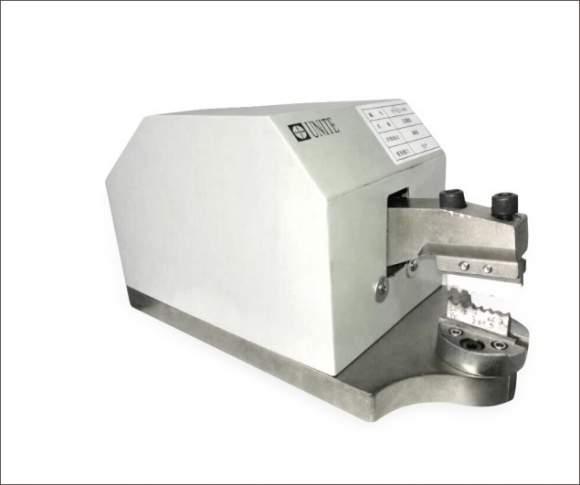
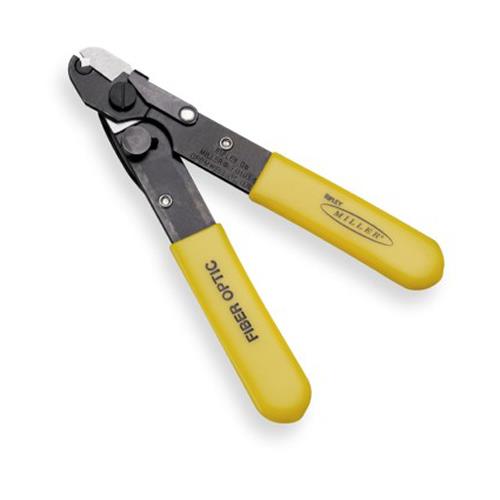
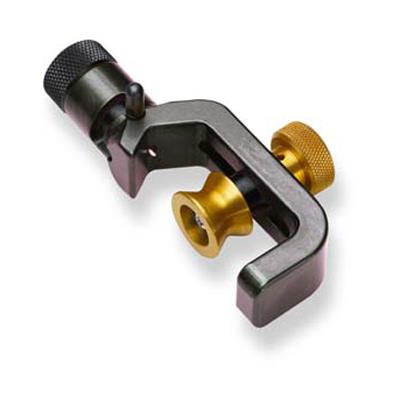
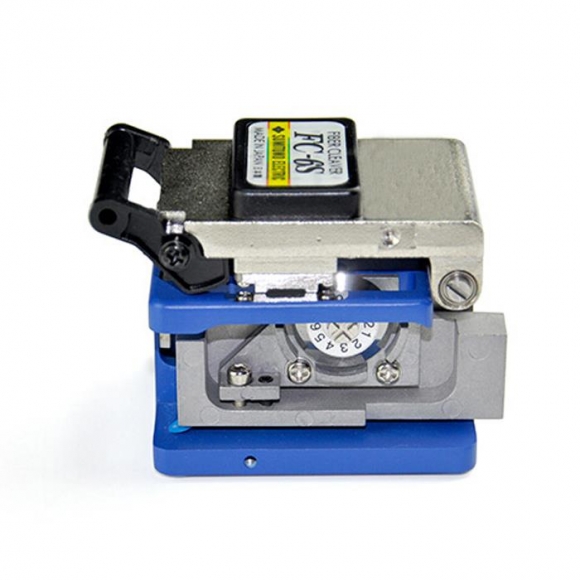
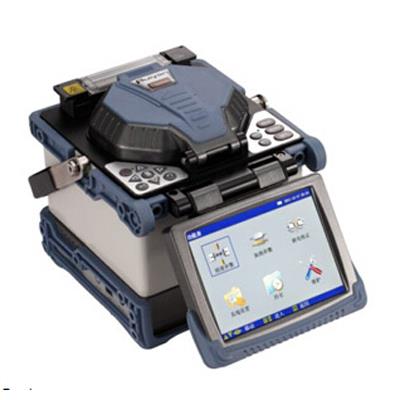

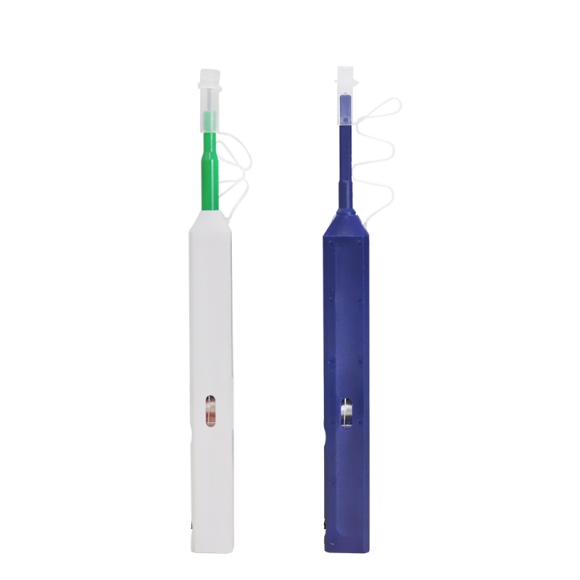

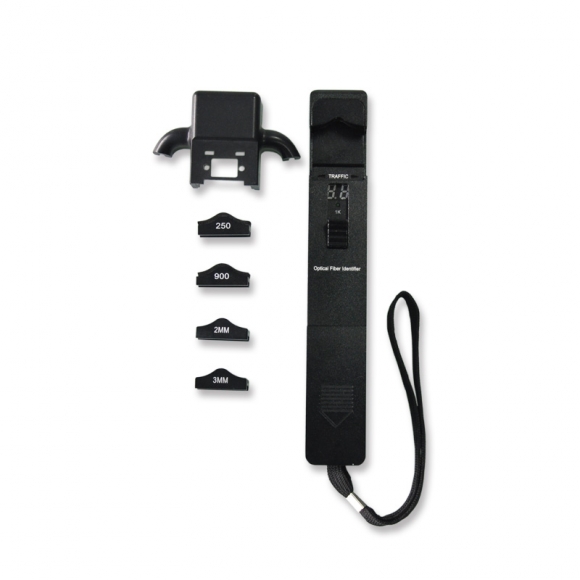
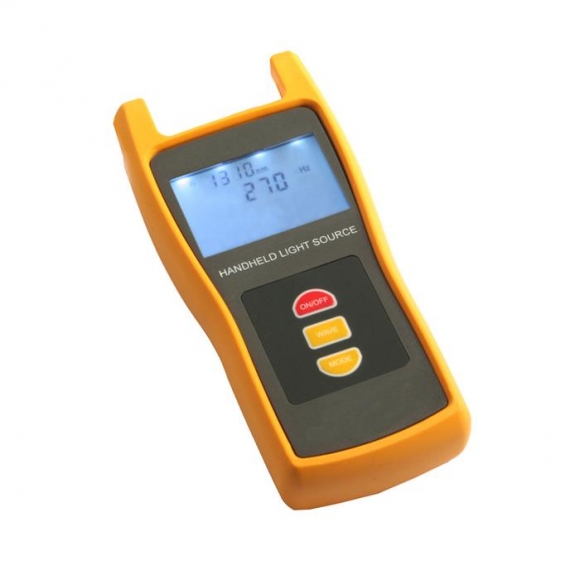

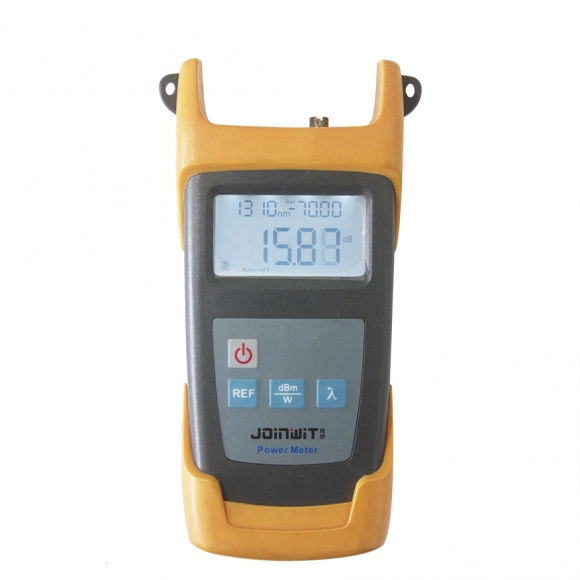
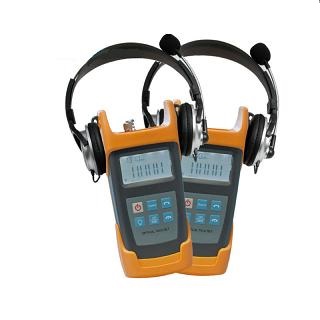
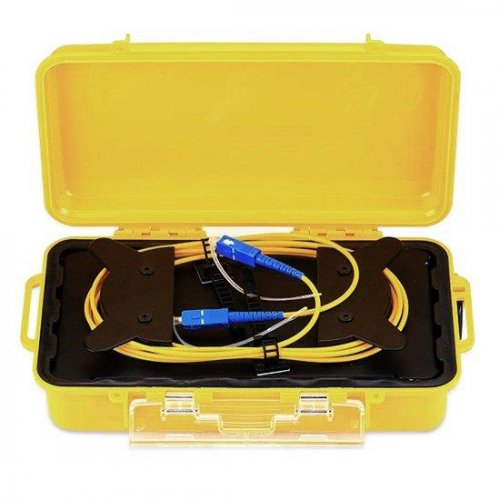
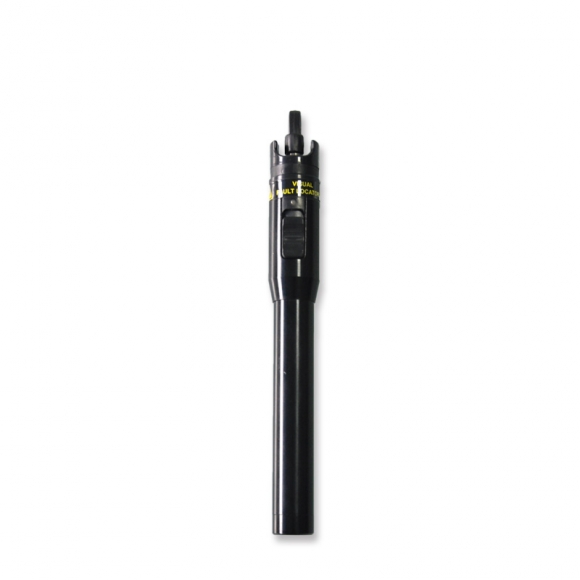


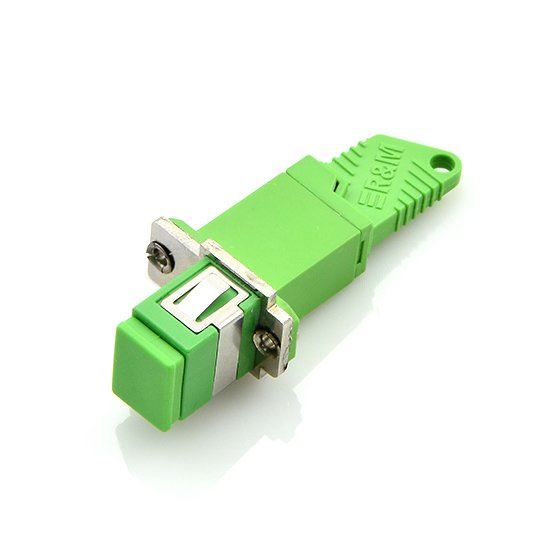
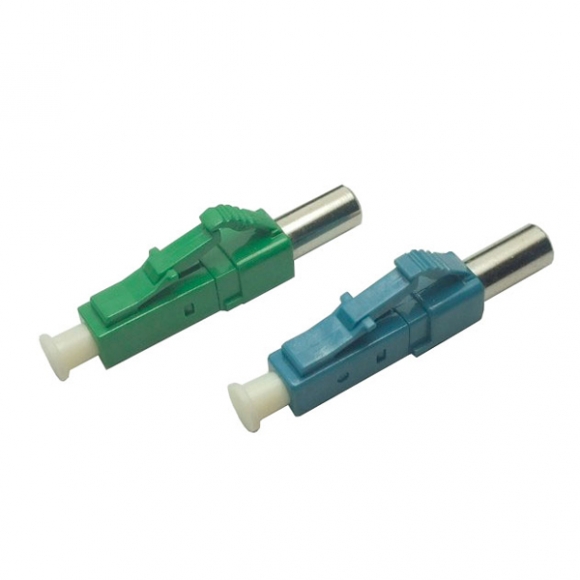
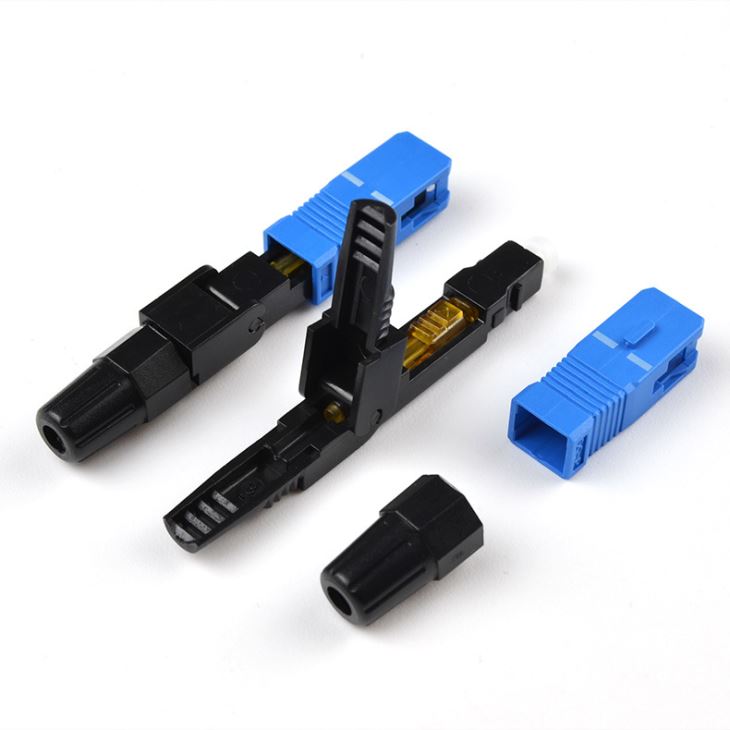
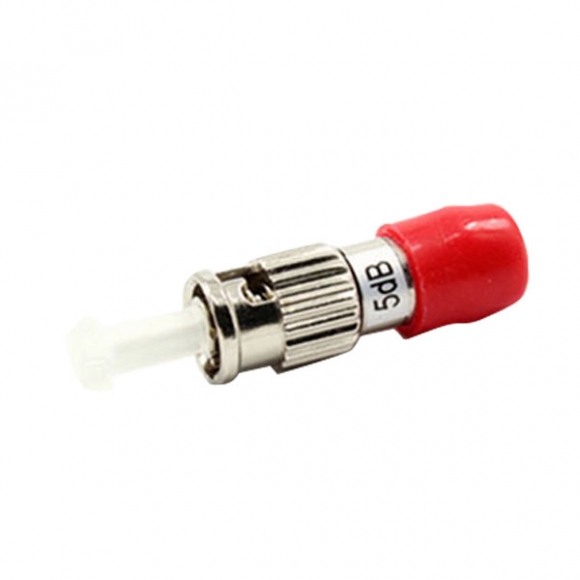
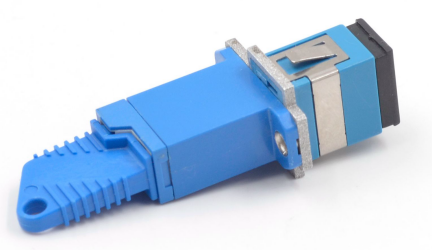
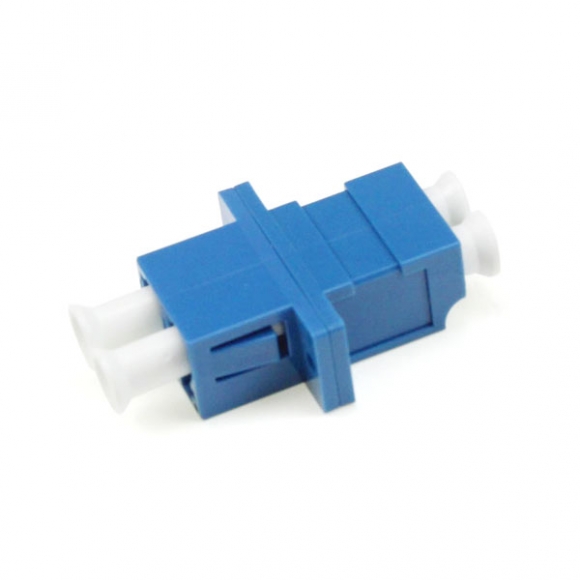

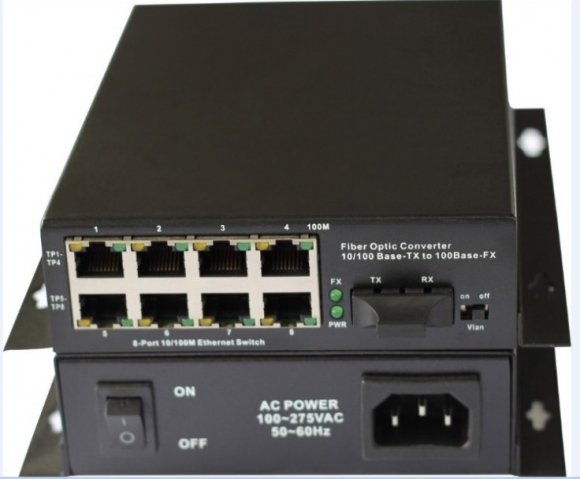

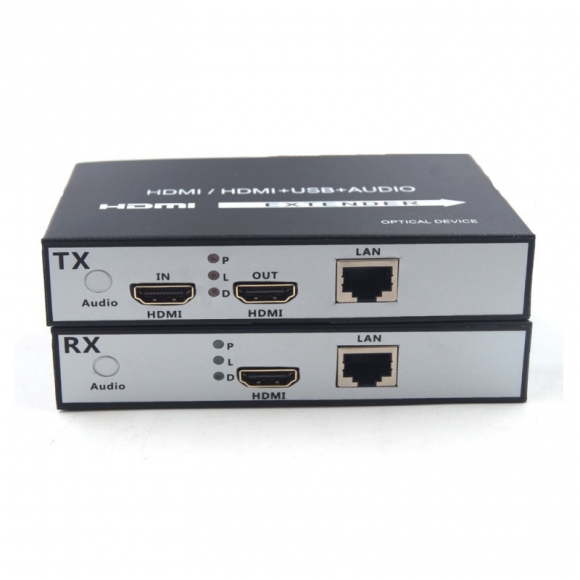
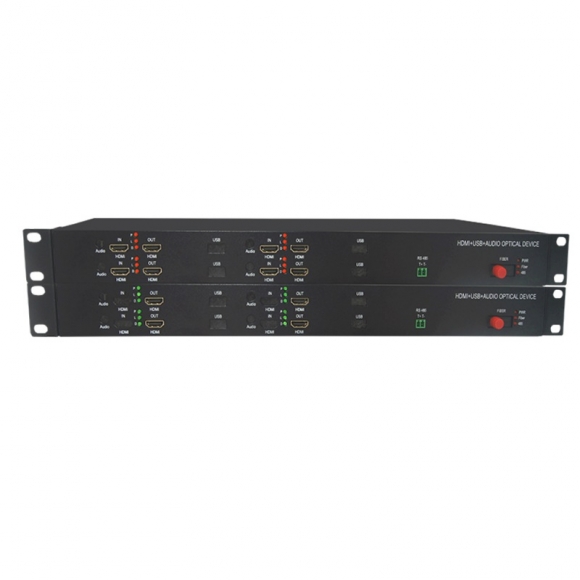

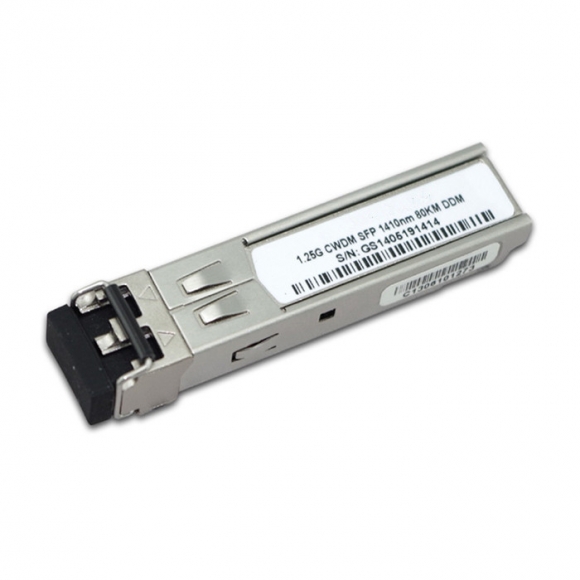


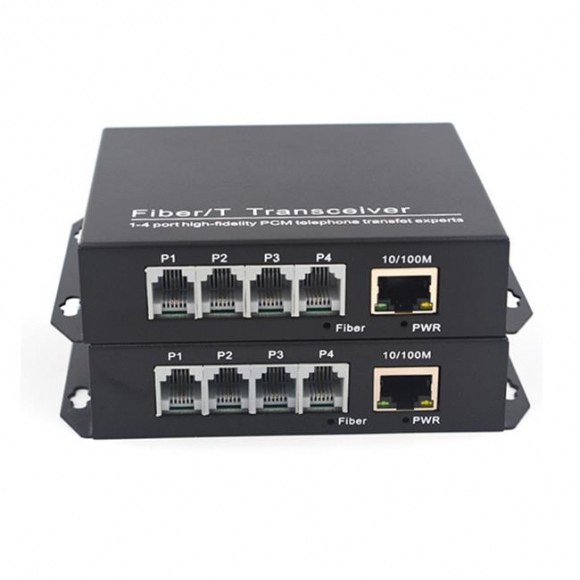
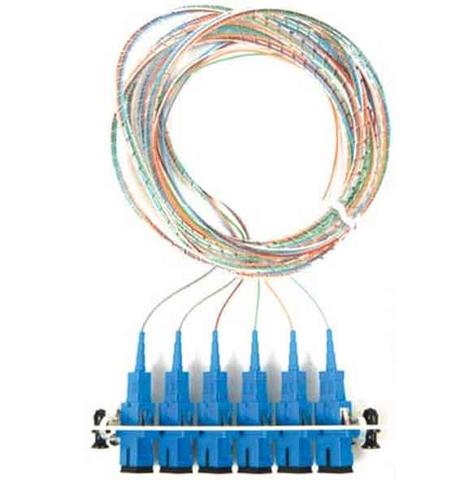
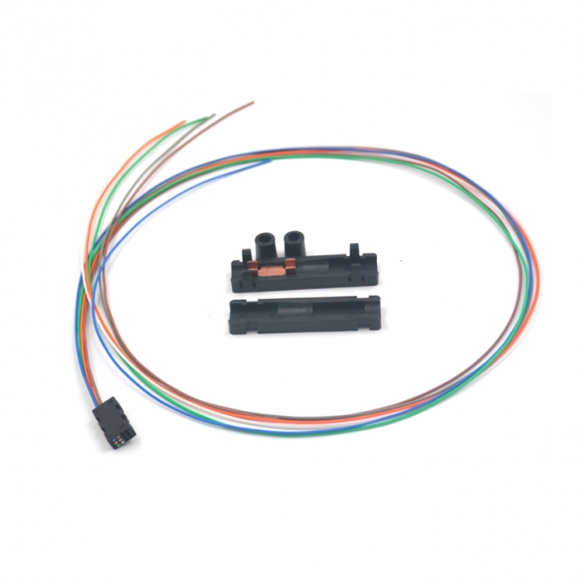


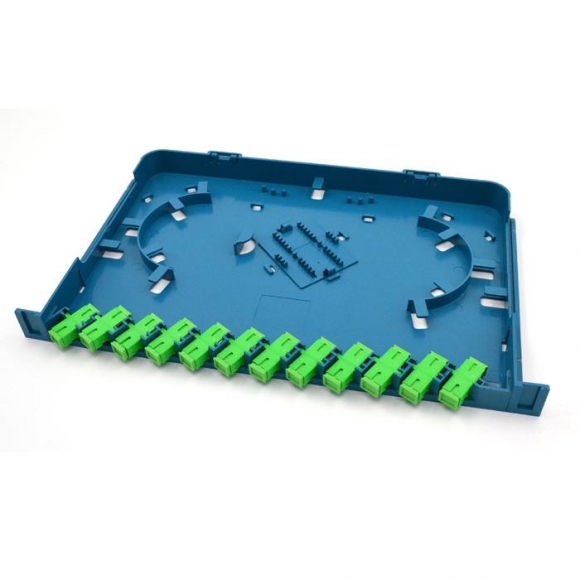
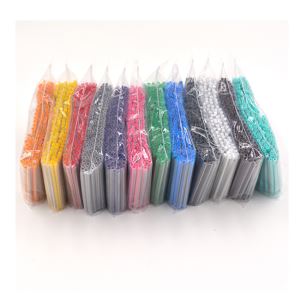

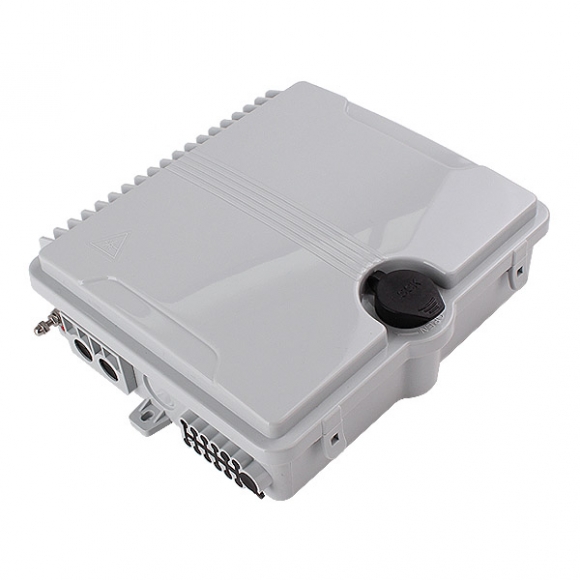

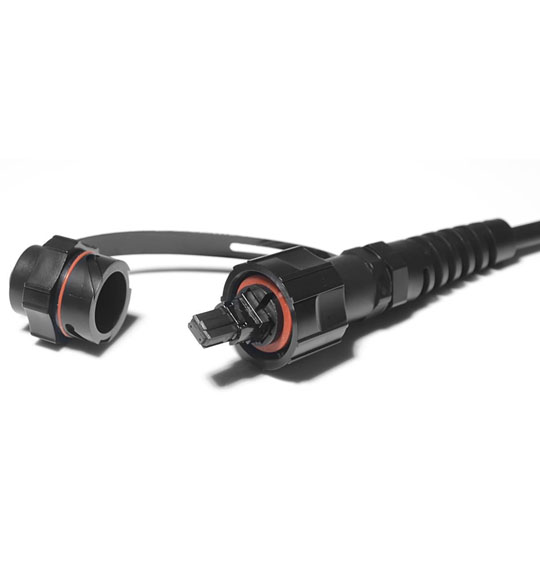
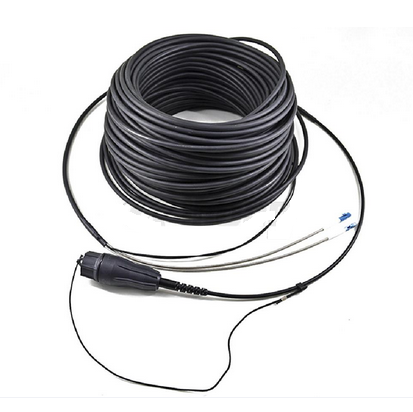

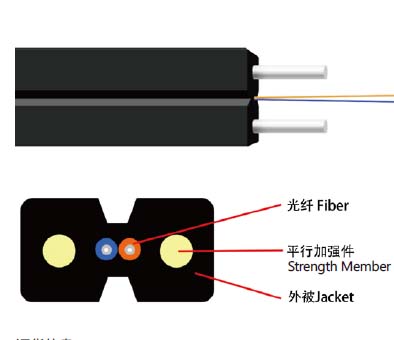
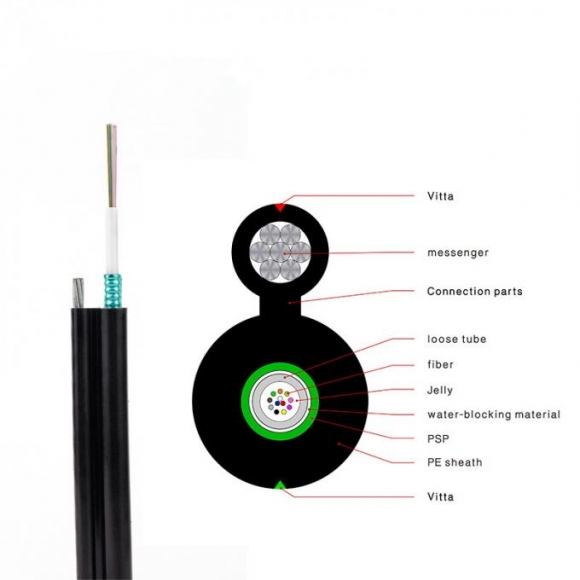
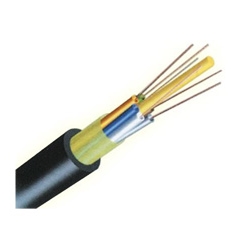
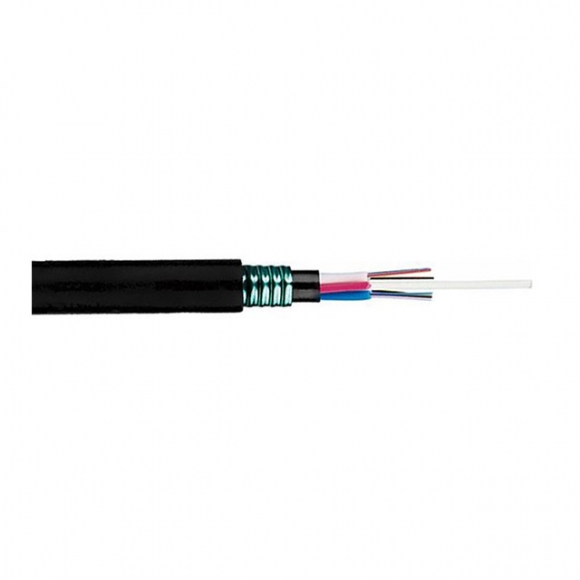
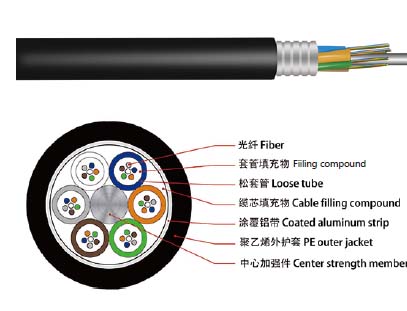
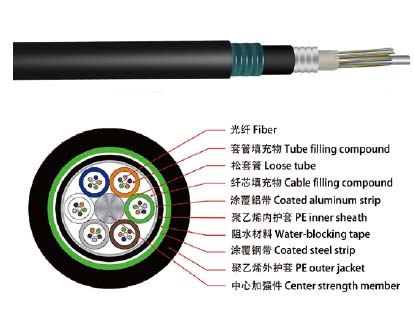

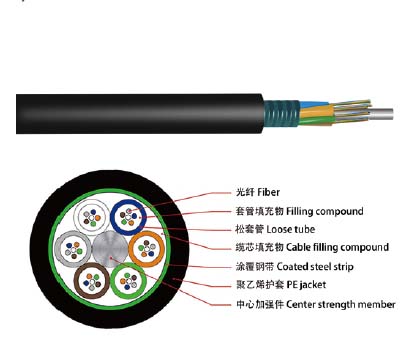
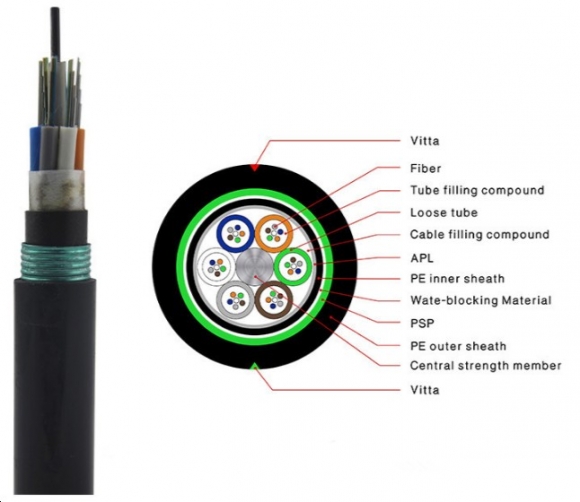
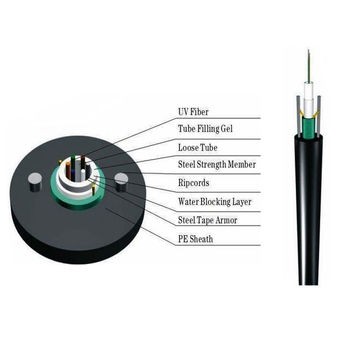
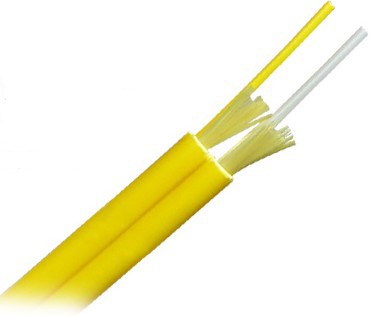
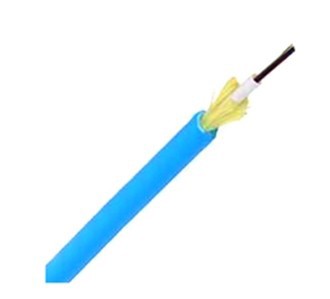


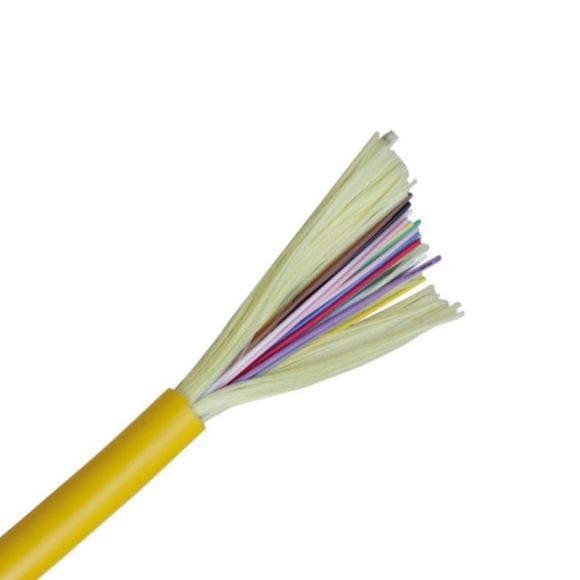
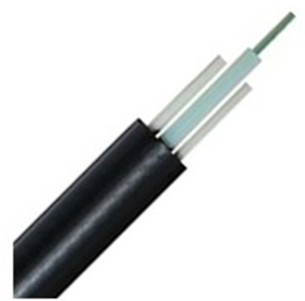
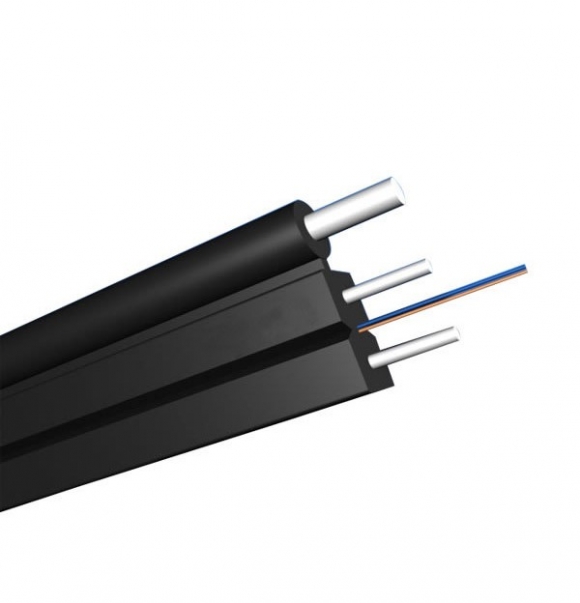
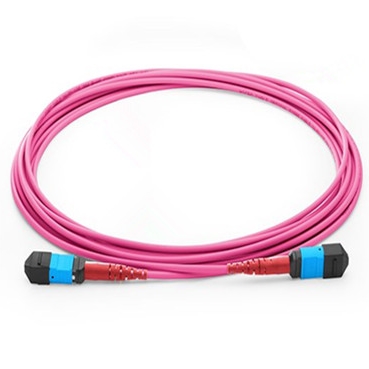

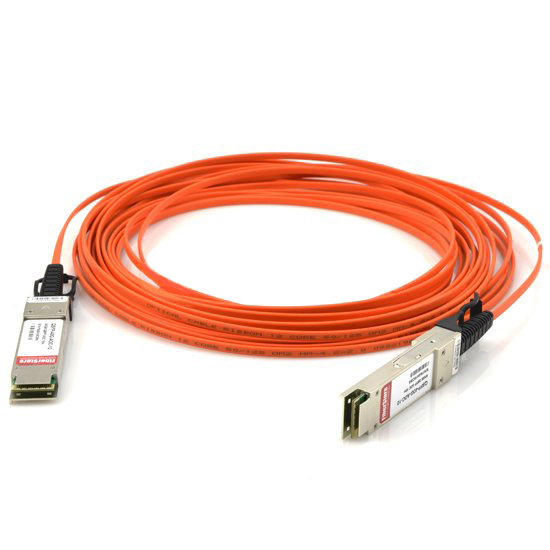


 (0)
(0) (0)
(0) (0)
(0) (0)
(0) (0)
(0)